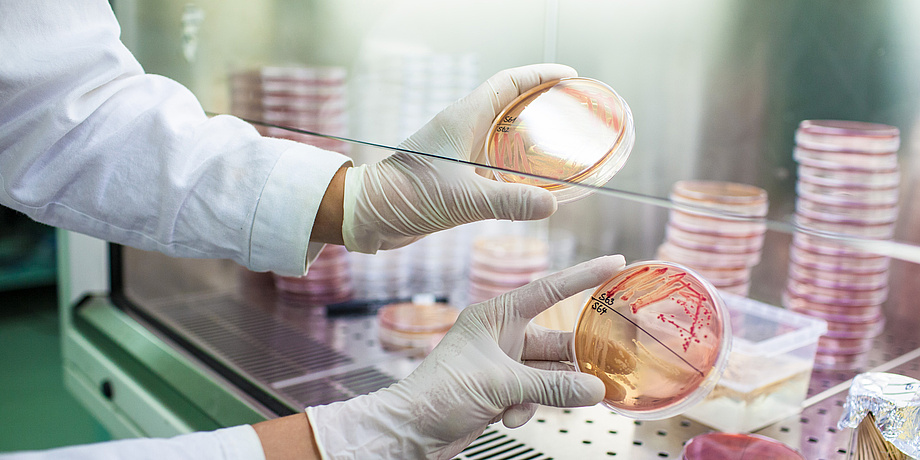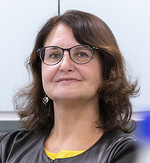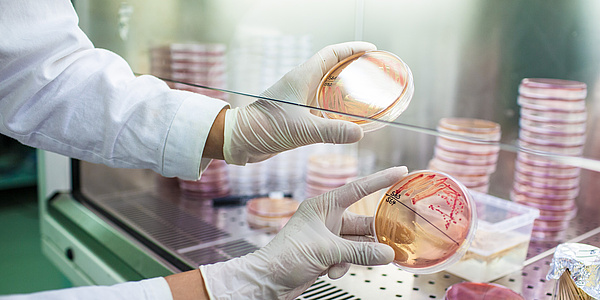The coronavirus has the world holding its breath. Environmental biotechnologist Gabriele Berg, head of the Institute of Environmental Biotechnology at Graz University of Technology, explains the role of the microbiome in these and other pandemics.
The microbiome is composed of microbiota and their surrounding habitat. All living microorganisms, bacteria, archaea, fungi, algae and protists – a certain group of single to multi-celled organisms – go to form microbiota. Viruses are not counted as part of the this, but do belong to the surrounding habitat. A healthy microbiome is diverse, uniformly structured and forms a balanced functional network. It also contains many potential pathogens that fulfil important functions here. Viruses, for example, are important conductors of evolution and coexistence.
Play video
Gabriele Berg explains the function of microbiomes
All pandemics have their origin in microbiomes
If this balance in the microbiome is disturbed, outbreaks of disease occur – then one microorganism multiplies more than the others. Whether this develops into diseases, epidemics or pandemics depends on many other factors, such as the virulence of the pathogen, i.e. its ability to infect, and the sensitivity of the host. Diseases can originate in many microbiomes, and they can be transmitted by other people, animals, plants or through water. The networking and importance of microbiomes has led to the one health approach of the World Health Organization (WHO), in which human medicine, veterinary medicine and environmental sciences work together in an interdisciplinary way. People, animals and the environment must be healthy in order to guarantee our health.
In the Anthropocene the risk of pandemics is increased
Globalisation, urbanisation, overpopulation and intensive agriculture have led to the fact that today we speak of the Anthropocene, the Age of Man. Unfortunately, we haven’t only considerably decimated our flora and fauna, but have also forgotten about microbiomes. Biodiversity, which normally acts as a "health insurance" against pandemics, has been drastically minimized. A rethink is urgently needed here if we want to bring our environment back into balance. The increase in global transport, the global exchange of food and other products, the creeping contamination of the environment with chemicals, the careless handling of plastic waste: all these developments and the interaction of these factors unintentionally promote disease outbreaks of viruses, antibiotic-resistant germs and fungi.
Microbiome as a treasure chest for new active ingredients?
Hygiene and antibiotics were sufficient protection in the last century. Today, multi-resistant pathogens and unknown viruses present us with new challenges. Microbiomes, which we have only recently been able to investigate at all, provide a solution to this problem. They represent treasure chests of new antibiotics, because microorganisms produce them to keep each other in balance. At present, we know only a tiny part of microbiomes and yet, in current research projects such as "Microbiome Mining", we are learning more and more about the smallest inhabitants who are responsible for our health.
Play video
Gabriele Berg is currently working on finding a common definition for microbiomes so that international research community can be better networked. The recently published Open Access publication Microbiome definition re-visited: old concepts and new challenges on this topic can be found in Springer Nature.




